Baking a delicious pie starts with understanding the fundamental components: pie dough and pie crust. Each plays a unique role in the pie-making process, and grasping their differences can significantly enhance your baking skills. In this article, we will delve deep into these two vital elements, detailing their characteristics, methods of preparation, and how to avoid common pitfalls. Understanding What is the Difference Between Pie Dough and Pie Crust is essential for achieving the perfect bake.
To get started, you might find it useful to explore this Spanakopita (Greek Spinach Pie) Recipe — a delightful pastry that showcases the importance of dough and crust in creating savory treats.
Understanding Pie Dough
Pie dough serves as the foundation for many baked goods, primarily formed from a mixture of flour, fat, water, and salt.
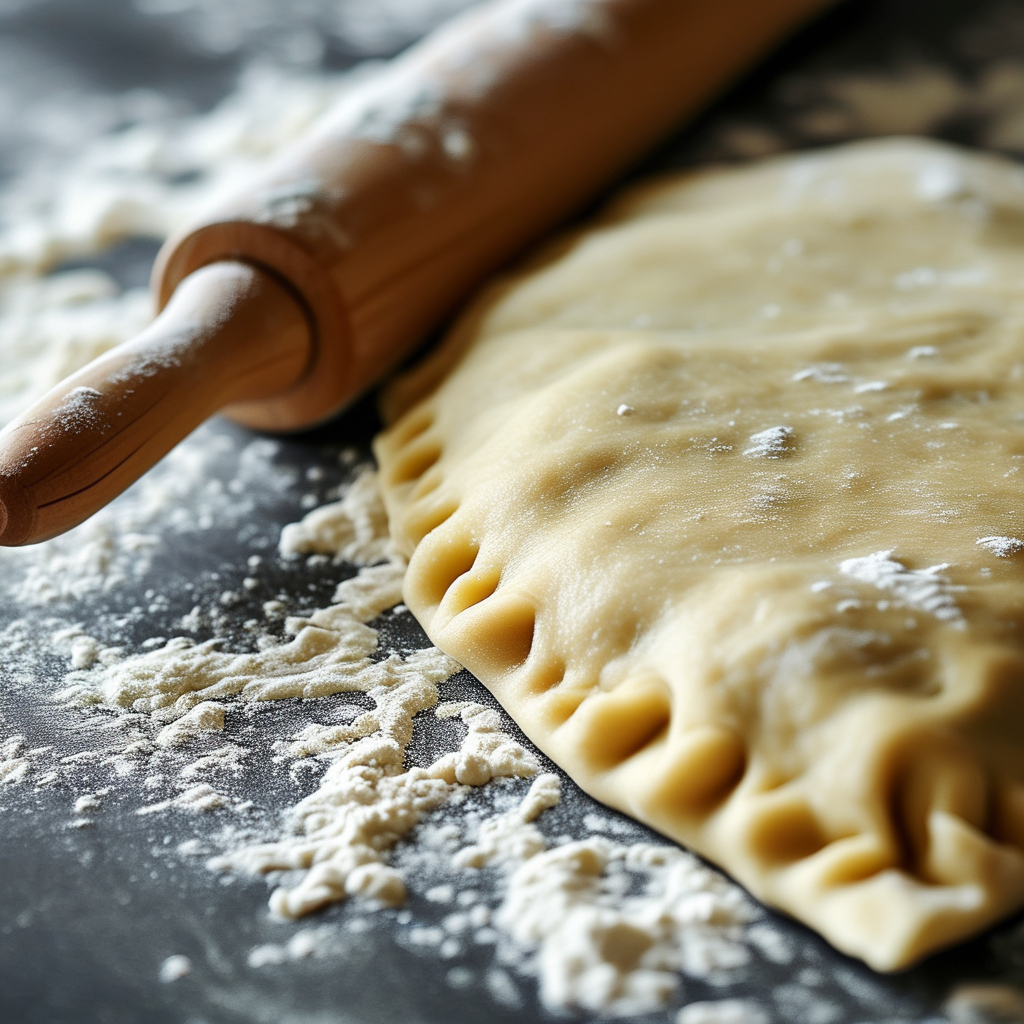
What is Pie Dough?
- Composition: Flour, fat (like butter or shortening), water, and salt.
- Types: Shortcrust, sweet, and flaky dough varieties.
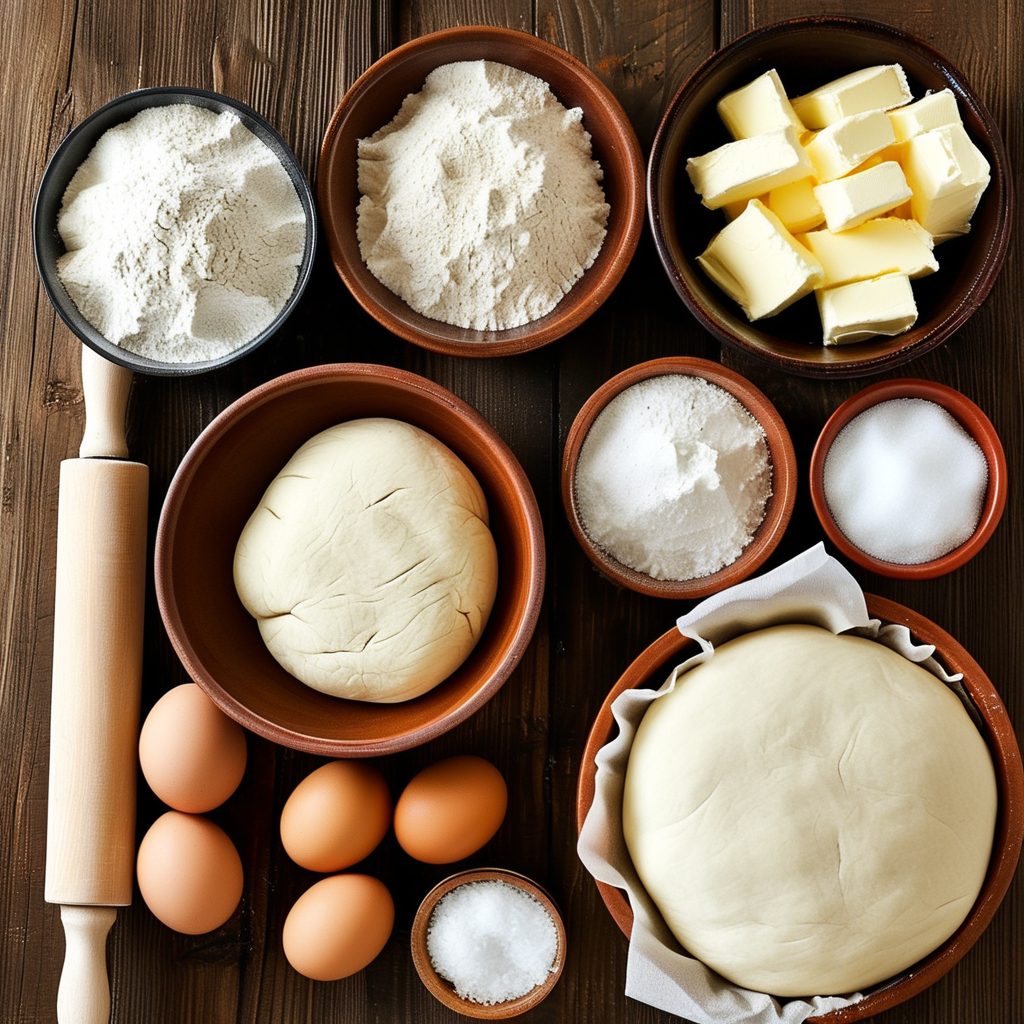
Characteristics of Pie Dough
The texture and consistency of pie dough can vary significantly based on formulation and method. It is essential for various pie recipes, acting as the vessel to hold fillings.
Methods of Making Pie Dough
- Traditional method: Hand-mixing for optimal texture.
- Food processor method: A quicker alternative to pitfall-free dough.
- Troubleshooting: Avoid overworking the dough to prevent toughness.
Exploring Pie Crust
While pie dough serves as the initial mixture, pie crust refers to how that dough is applied and baked. Understanding What is the Difference Between Pie Dough and Pie Crust further clarifies their distinct roles.
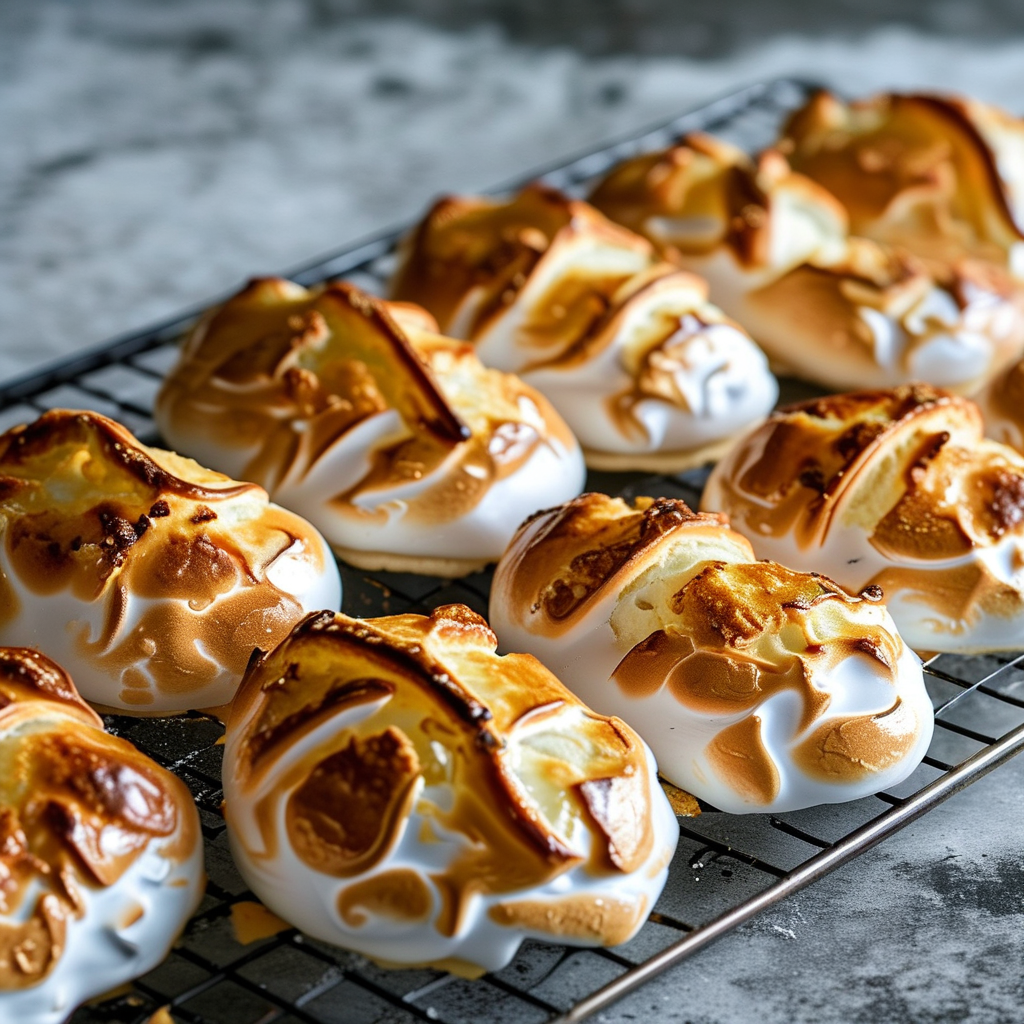
What is Pie Crust?
There is a crucial distinction between pie dough and crust, as crust can refer to both pre-baked and baked forms, catering to various pie types, including:
- Single-crust
- Double-crust
- Crumb crusts made from crushed biscuits or cookies.
Characteristics of Pie Crust
The texture, flavor, and presentation of pie crust heavily affect the overall pie experience. It supports the pie filling while also contributing its unique flavor.
Methods of Preparing Pie Crust
- Pre-baking techniques: Blind baking to ensure thorough cooking.
- Tips for a perfect crust: Techniques to avoid shrinkage and ensure even texture.
Key Differences Between Pie Dough and Pie Crust
Discovering the key distinctions between pie dough and pie crust is essential for any baker looking to improve their craft.
Composition Differences
Ingredients vary significantly; pie dough is more malleable, while pie crust becomes more structured upon baking.
Preparation Methods
The steps involved in making dough differ from developing a crust in terms of technique and purpose.
Final Uses
Understanding the roles of dough and crust helps identify their applications in various pie recipes, from savory to sweet.
Textural Differences
The contrast between pie dough’s flakiness and crust’s crunch is essential for creating a delightful bite.
Flavor Profiles
The cooking methods and ingredients influence taste, generating varying flavor profiles that can enhance or detract from the filling.
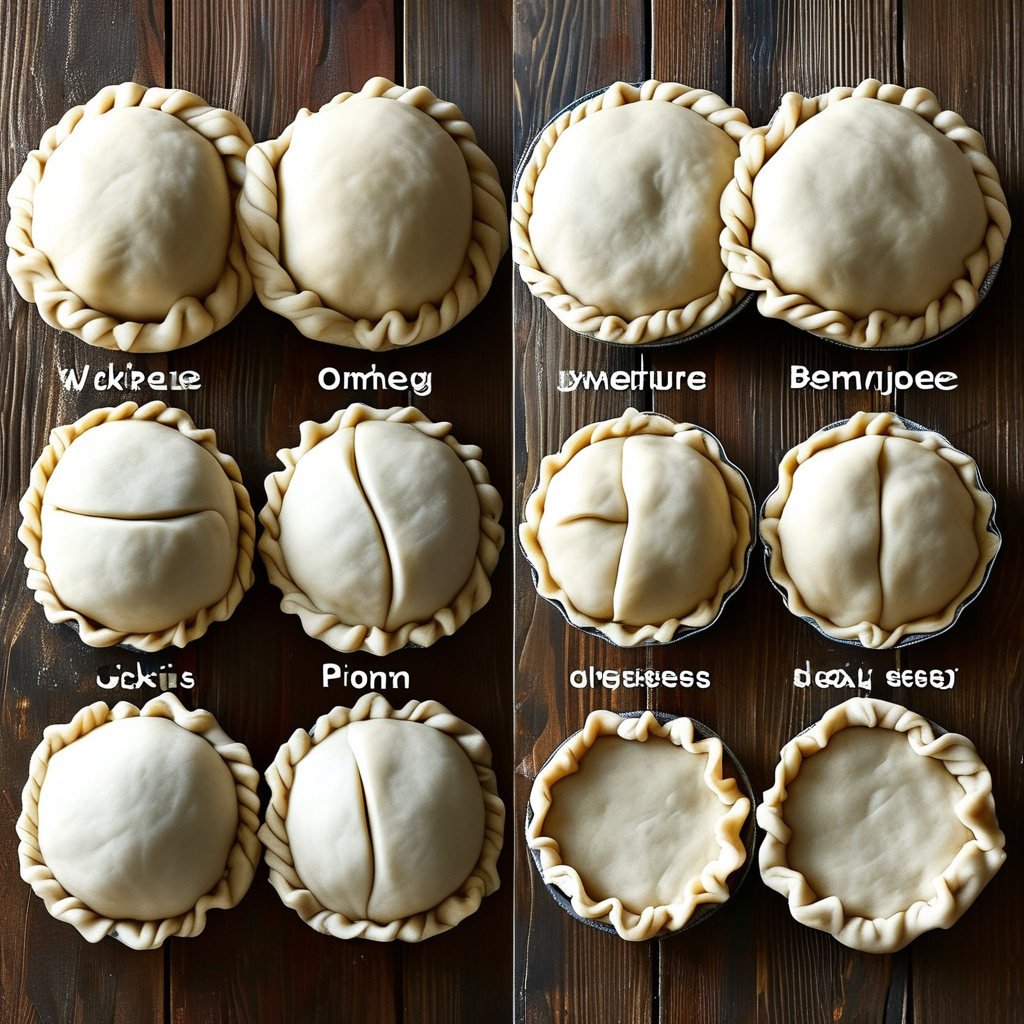
Common Mistakes and How to Avoid Them
Even seasoned bakers can encounter issues when preparing pie dough and crust. Here are some common mistakes and tips to overcome them:
- Mistakes in making pie dough: Overhandling can lead to a tough texture.
- Mistakes in preparing pie crust: Skipping on pre-baking can result in a soggy bottom.
- General tips: Pay attention to fat temperature to achieve the perfect dough.
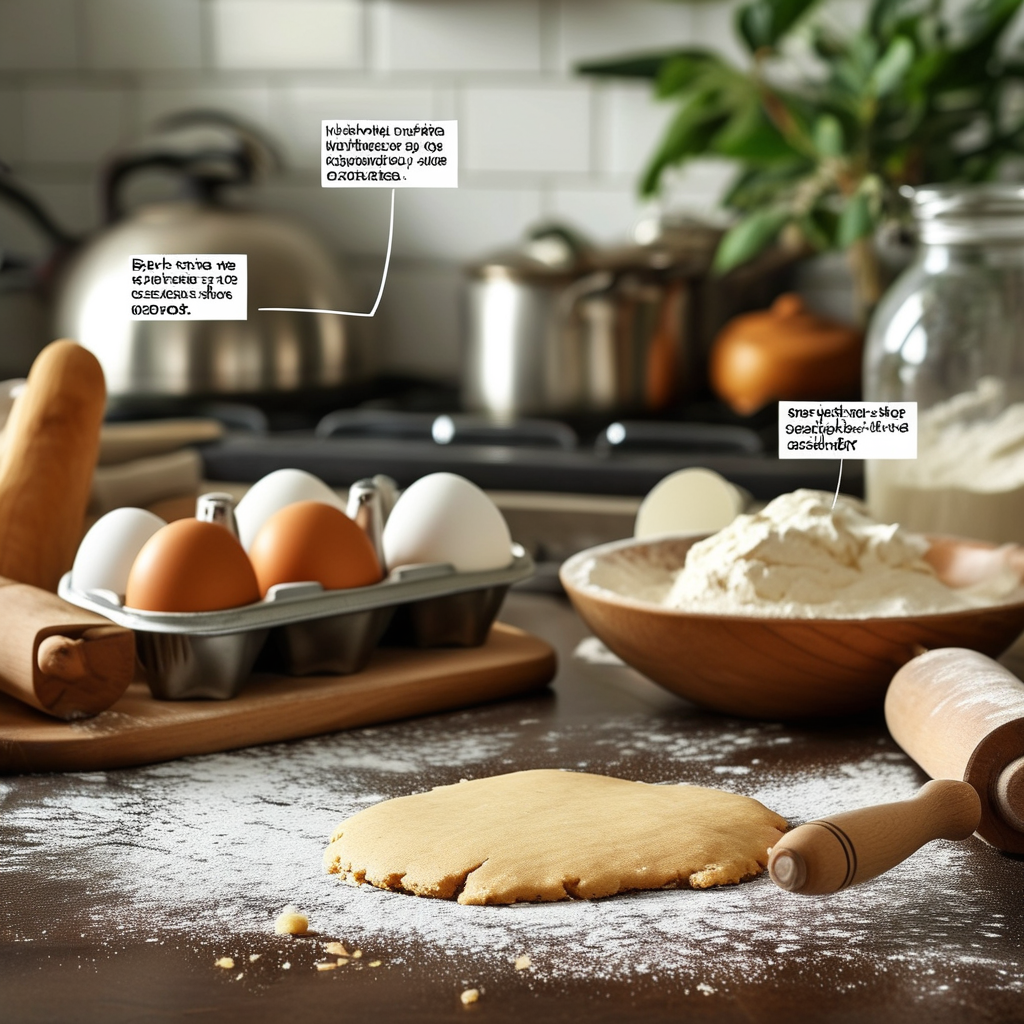
FAQs About Pie Dough and Pie Crust
To further clarify the concepts of pie dough and pie crust, here are answers to commonly asked questions:
- Can pie dough be used as a pie crust?
- How do you know when pie dough is ready?
- Is it necessary to chill pie dough?
- Can you freeze pie dough or pie crust?
- What are the best fats for making pie dough?
Conclusion
Understanding the differences between pie dough and pie crust is crucial for any baking enthusiast. By mastering these elements, you can create pies that are not only visually appealing but also delicious. We encourage you to experiment with different methods, share your experiences, and enjoy the art of baking!
- Pie dough is the raw combination of flour and fat.
- Pie crust refers to the ready-to-eat end product.
- Preparation techniques impact texture and taste.